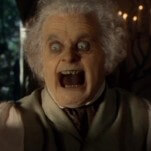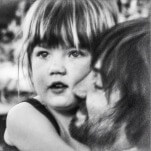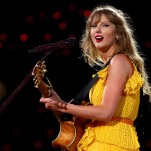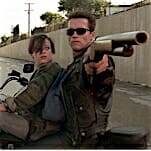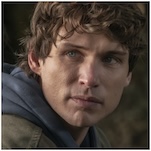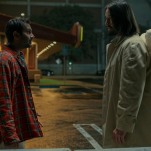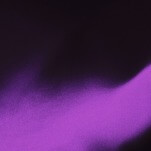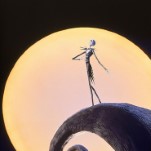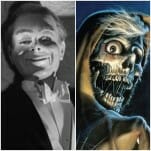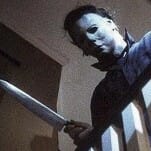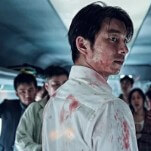Teenage Mutant Ninja Turtles: Mutant Mayhem Is the Most Creative Adaptation Yet
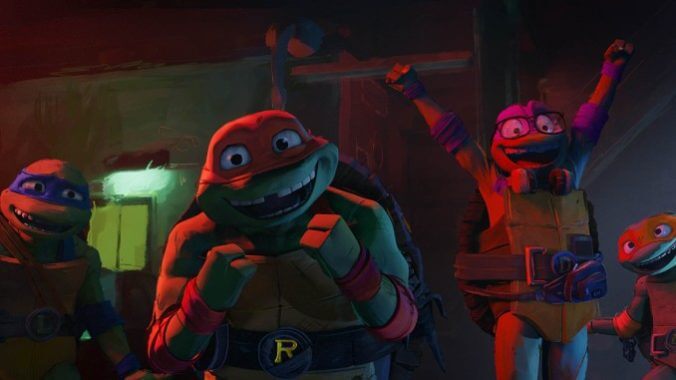
Turtles + radioactive ooze + pizza = gold. Forty years ago, comic book artists Kevin Eastman and Peter Laird dreamed up that inspired weirdness as the premise for their independent comic book, Teenage Mutant Ninja Turtles, and a creative empire was born. Comics, animated television series, video games, live-action movies and so many toys. Perhaps the most surprising thing about the franchise is that despite its rigid origin story rules, the Turtles have proven to be particularly pliable when it comes to reinvention for new generations. There’s been no shortage of inventiveness in how to bring the brothers and their world to life. Which means you have to come at the boys with some serious creative intention to best what’s already been done, but that’s exactly what directors Jeff Rowe and Kyler Spears, along with producers Seth Rogen, Evan Goldberg and James Weaver, have done with Teenage Mutant Ninja Turtles: Mutant Mayhem.
A visual tour de force of hybrid 2D and 3D animation, Mutant Mayhem is not only the most authentically New York version of the Turtles yet, it’s arguably the most inventive. Rowe, Spears and production designer Yashar Kassai have rendered the brothers as if they’re hand-drawn, complete with messy sketch lines, doodle flairs and a graffiti aesthetic. This is the ultimate paint-outside-the-lines take on the Turtles and it works on every level. Much like this summer’s Nimona and Spider-Man: Across the Spider-Verse, Teenage Mutant Ninja Turtles: Mutant Mayhem is swinging for the fences with its story and voice performances to ambitiously, quantifiably shake up the artistic rut that theatrical computer animation has been stuck in for the last two decades.
Along with the film’s overall look, Teenage Mutant Ninja Turtles: Mutant Mayhem borrows from what its small-screen cousins have consistently done well, portraying the brothers—Leonardo, Raphael, Donatello and Michelangelo—as actual teenagers. Here, they’re drawn with wiry, slightly gawky bodies they don’t quite have a handle on yet, which translates into action scenes that have actual stakes as they grow into their potential over the course of the movie. Design-wise, little touches like Donatello’s glasses and Mikey’s braces are beyond endearing and are relatable ties to their kid audience. And that authenticity extends to April O’Neil (perfectly voiced by Ayo Edebiri), who is reinvented to look and speak like a teen from New York, with her own insecurities and strengths that complement those of our heroes.
Another plus is that the brothers are voiced by non-adult voice actors Nicolas Cantu (Leo), Brady Noon (Raph), Shamon Brown Jr. (Mikey) and Micah Abbey (Donnie), who recorded together, and were encouraged to excitedly talk over one another like a gaggle of real, tight-knit brothers would do. It translates into rapid-fire, organic quips and seemingly effortless timing that conveys a rapport that is singular to this iteration. It also elevates the script so that it doesn’t sound like it was written by a bunch of 40-year-olds trying to be hip and young. In fact, there’s a marked absence of lame, nostalgia-laced dialogue as the bros razz, tease and generally comment on the world around them. That natural vibe adds to the comedy, but also reinforces the conceit that these turtles are just oddball kids trying to fit into a world that doesn’t want them.
-

-

-

-

-

-

-

-

-

-

-

-

-

-

-

-

-

-

-

-

-

-

-

-

-

-

-

-

-

-

-

-

-

-

-

-

-

-

-

-

